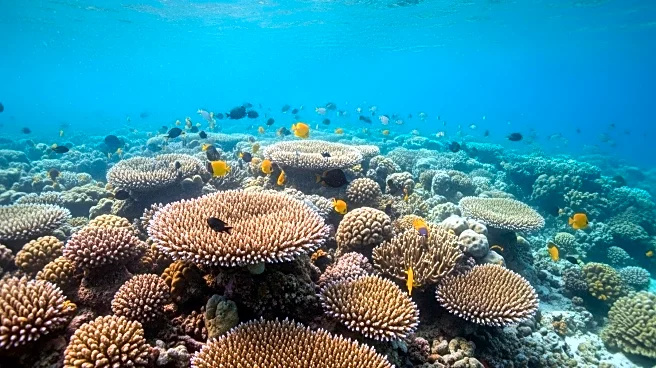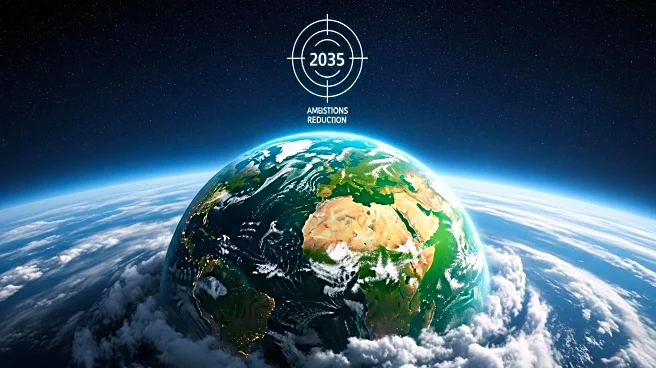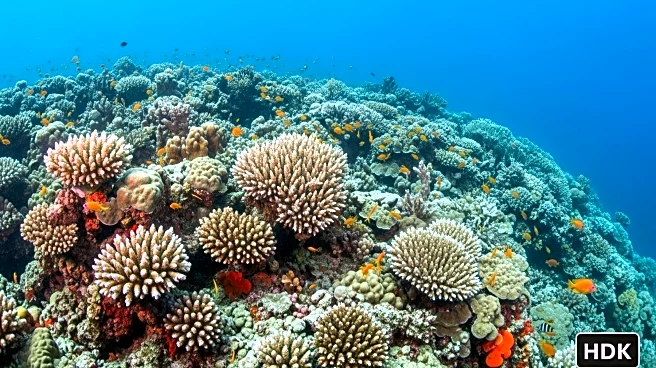What's Happening?
Australia has announced a 2035 emissions reduction target of 62%-70% from 2005 levels, which is lower than the range initially recommended by the country's Climate Change Authority. This decision comes as the United Nations has requested countries to submit their climate plans, known as Nationally Determined Contributions (NDCs), ahead of the COP30 summit in Brazil. Australia, one of the highest polluting countries per capita due to its resources industry, has set a target below the 65%-75% range suggested by the Treasury department. Minister for Climate Change and Energy Chris Bowen stated that the target is both ambitious and achievable, emphasizing that a target over 70% was deemed unachievable.
Why It's Important?
Australia's emissions target is significant as it reflects the country's approach to balancing economic interests with environmental responsibilities. As a major polluter, Australia's commitment to reducing emissions is crucial for global climate change efforts. The target's alignment with economic feasibility highlights the challenges countries face in setting ambitious climate goals. The decision may influence other nations' climate strategies and could impact international perceptions of Australia's commitment to environmental sustainability. The funding announced by Prime Minister Anthony Albanese for industrial decarbonization and clean energy finance underscores the government's efforts to support the transition to a low-carbon economy.
What's Next?
Australia's emissions target will be assessed at the upcoming COP30 summit, where global leaders will evaluate the collective progress towards climate goals. The country's approach may prompt discussions on the balance between economic growth and environmental protection. Stakeholders, including environmental groups and industry leaders, will likely continue to advocate for more ambitious targets to address climate change effectively.











